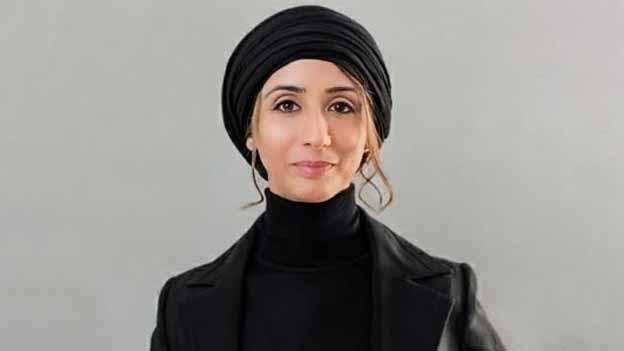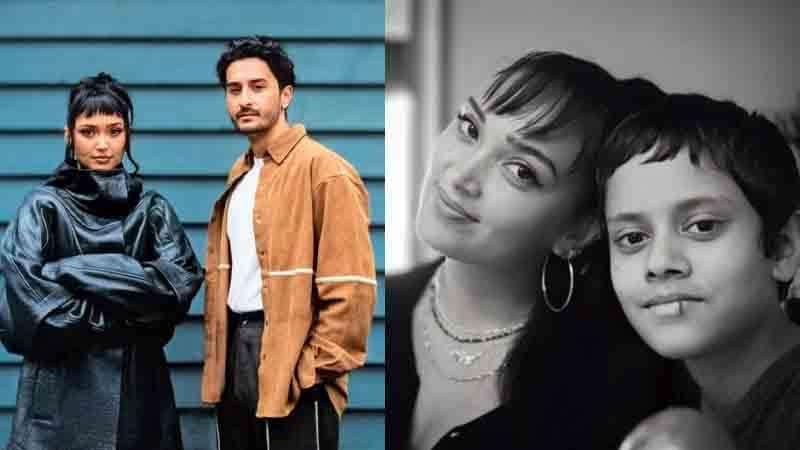In a profound cultural moment for the UK’s South Asian diaspora, singer-songwriter Joy Crookes and artist-filmmaker Imran Perretta have found an unexpected kinship, one that is challenging the long-established narrative of the British Bangladeshi experience. This duo embodies a new, diversifying generation of success, defined not by the community's traditional, highly concentrated roots, but by complex, mixed-heritage identities and fearless artistic expression.
The bond between the two London-based creatives was instant, rooted in a shared recognition of being "one of the few" in the arts space. The British Bangladeshi community, numbering over 644,000 people across England and Wales (1.1% of the total population, according to the 2021 census), has historically been defined by its strong concentration in areas like Tower Hamlets, and overwhelmingly, by its origins in the Sylhet region of Bangladesh—a heritage shared by an estimated 90% of UK Bengalis.
But Crookes and Perretta represent a different path. Crookes, 27, is the child of a mother from Dhaka and a father from Dublin, making her half-Irish. Perretta, 37, is half-Italian, with his mother being Bangladeshi. Both artists are conscious of their divergence from the community’s dominant Sylheti and often homogenised identity. As Perretta notes, their connection stems from a realisation that they are "both artistic... and we’re both, like, this weird mix of Muslim and Catholic."
A New Wave of British Bangladeshi Creativity
The rise of artists like Crookes and Perretta signals a broader shift within the community, moving past the historical shadow of socio-economic disadvantage. While the British Bangladeshi community has traditionally faced significant challenges—including the largest ethnic pay gap in the UK and historically high rates of low income and overcrowded housing—the younger generation has demonstrated tremendous educational resilience, with British Bangladeshi women, in particular, showing increasing attainment in higher education.
These two artists are converting that resilience into cultural capital. Crookes, born in Lambeth and raised in Elephant and Castle, enjoyed an explosive start to her music career, earning a Brits Rising Star nomination. Her second album, Juniper, released in September and lauded by critics for its "raw pathos and soul," marks her return from a severe mental health crisis. Her work, which often contains an unflinching critique of misogyny and the music industry, serves as a powerful form of catharsis.
Perretta’s path, too, moved through the establishment. Growing up in Streatham, he initially studied architecture before a transformative encounter with Derek Jarman’s Blue led him to the Slade School of Fine Art. He has since won a Turner Prize bursary for his moving-image work and, most recently, premiered his debut feature film, Ish.
Ish and the Political Catharsis of Identity
The connection between the two solidified when Perretta cast Crookes as Samira, the sister of the young protagonist in Ish. The film, which won the audience award at the Venice Film Festival, is a poignant coming-of-age story set in Luton about a young Bangladeshi Muslim boy. It is a work deeply intertwined with the realities facing many in the community, exploring themes of fractured friendship against a backdrop of police intimidation, widespread surveillance, and deep personal grief.
For both artists, the work acts as an essential outlet to process these difficult realities. Perretta has previously stated his motivation to explore racism, alienation, and anger is rooted in a desire to be "a healthy, happy person" in daily life, using his art as a mediating force for the complexities of adult life. Crookes found that starring in the film, particularly playing the 19-year-old Samira, provided a necessary emotional shedding as she recovered from her mental breakdown.
Both Crookes and Perretta are propelled by a compulsive, powerful drive to create, rather than simply getting things off their chests. They embody the spirit of the new British Bangladeshi generation that is confident, highly educated, and moving away from the "sojourner" mindset of the early Sylheti lascars—who helped rebuild post-war Britain via the restaurant and garment trades—to building new, complex identities deeply rooted in British cultural life.
As Perretta considers a new film that would take him back to Bangladesh and Crookes immerses herself in creating her "punk" third album, their collaboration on Ish stands as a benchmark. It is a powerful affirmation that the British Bangladeshi identity in the arts is dynamic, multilayered, and increasingly defined by those, like them, who are unafraid to draw strength from their unique, hyphenated heritage to reflect the most pressing issues of the modern British experience.




.jpg)



.svg)

.jpg)
.jpg)